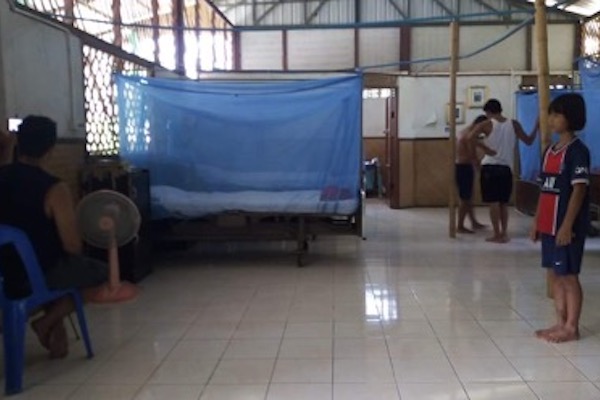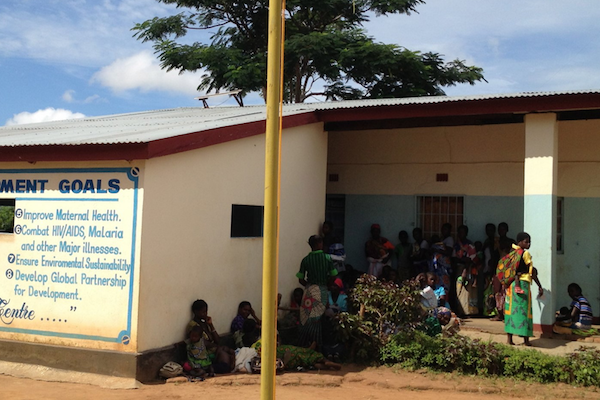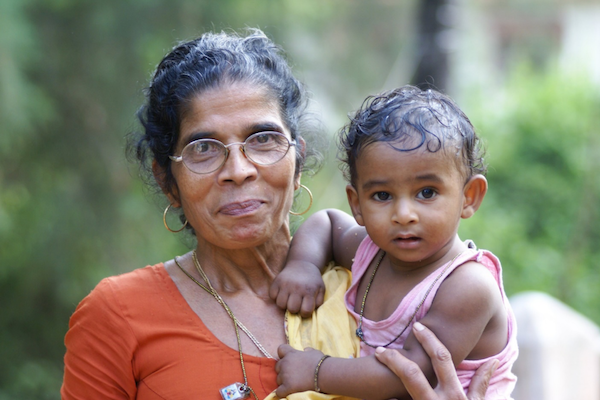
Importance of Vision Screening Programs
People who don’t frequently visit an eye doctor are prone to experiencing a sense of disconnection from their healthcare provider.
This article is the third article of a series exploring health disparities with an emphasis on vision care. You can read the first part here and the second part here.
Introduction
Global public health disparities are incredibly pressing, especially so for vision care. A recent article in the American Journal of Public Health reports that 90% of visual impairments occur in low- and middle-income countries; in remote and rural regions, people are less likely to receive professional care due to factors such as socioeconomic barriers, the paucity of nearby professionals, and the general lack of medical knowledge. Therefore, it’s critical for NGOs and governments to construct effective public health programs to reduce these disparities. However, resource limitations and long-term sustainability pose challenges to their viability. In this post, we’ll discuss how vision screening programs can be used as a first step to bridge such health disparities while overcoming these challenges.
What is a vision screening program in public health?
A vision screening program involves an examiner using a low-cost or portable piece of equipment (e.g., a visual acuity chart) to identify people who may have an impairment. This initial screening usually occurs at a community center, like a school, elderly home, or homeless shelter, but afterward, at-risk people are taken to a professional clinic where their condition is diagnosed and treated. Vision screening programs differ from purely clinical programs in that the latter can only help patients who can access an eye doctor, whereas the former is intended for the general population. As a result, such programs yield many public health benefits.
1. Low Costs and High Reach
Because vision screening requires much less equipment than a clinic, the set-up costs are significantly lower. For example, a physical eye chart costs about $20 USD—and even if this is too much, some smartphone apps like Peek Acuity and OcularCheck offer accurate digital visual acuity examinations for free. Other ocular exams, such as the visual field test and Ishihara color test, are also available digitally for free.
Due to low initial expenses, vision screening programs can be set up in remote and rural regions, where resources may be scarce to carry out full ocular exams per patient. For example, the Bamboo School orphanage, located in the mountainous border region between Thailand and Myanmar, recently sought to provide vision care to their kids. However, the nearest ophthalmology clinic was located several hours away, and the orphanage only had one or two vehicles to transport over 50 kids; taking each kid to the professional clinic was infeasible. Instead, their team performed an initial screening at the orphanage to identify kids who were impaired and prioritized them for clinical care. Thus, the orphanage was able to overcome barriers posed by its remote location and lack of resources.
2. Reducing Disconnection from Healthcare Systems
People who don’t frequently visit an eye doctor are prone to experiencing a sense of disconnection from their healthcare provider. For instance, I saw this firsthand volunteering at eye clinics in the U.S.-Mexico border region: due to language and financial barriers, many Hispanic patients hadn’t seen an eye doctor in decades. This disconnection became especially problematic when patients chose not to see a professional even when they were able to do so.
However, open vision screening programs can combat this trend. Screening programs are generally more accessible to underprivileged communities than regular ophthalmic healthcare, making them well-suited to dispel the harmful notion that eye care is unnecessary. Additionally, if services are provided in a culturally and linguistically appropriate manner, then this may assuage the ‘disconnection’ that many families experience. In turn, by encouraging families to regularly receive vision checkups, such programs enable impairments to be detected at their early onset.
3. Sustainability and Long-Term Viability
When NGOs finish eye care programs in rural locations, they’re posed with the question of whether (and, if so, how) to continue them in the long term. If locals aren’t trained, initiatives can quickly stagnate—underscoring the importance of doing so. For example, Orbis International’s Flying Eye Hospital program trains locals on providing ocular surgeries so that eye care can continue when Orbis International’s staff have departed.
Thankfully, sustainability and long-term viability are strengths of vision screening programs. For example, in a program utilizing visual acuity charts, it only takes about half an hour to train someone to conduct visual acuity exams; locals can easily be trained to regularly check their vision and seek professional care if they need help.
It’s important to note that vision screening programs should never replace professional care—preliminary screenings do not provide enough information to diagnose or treat impairments, and they simply make someone aware that they may need further help. However, due to their low cost and high impact, investing in new vision screening programs may pave the way in bridging health disparities—one patient at a time.
Featured image: OcularCheck mobile app being used to conduct vision screening in a rural orphanage in Thailand (credit Together We See & Bamboo School).







